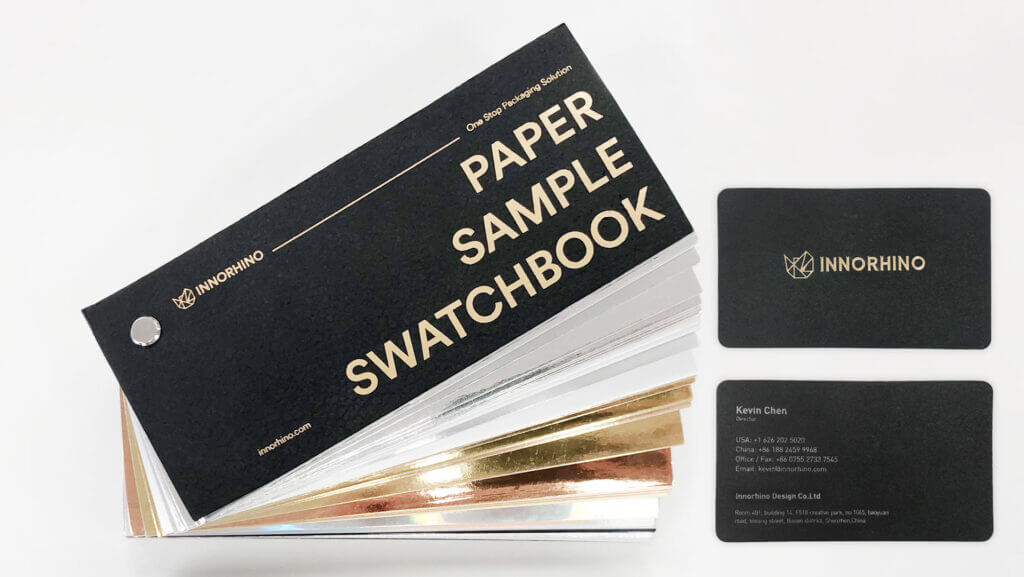- Why Color Matters Before the Shelf Is Even Built
- The Three Layers of Colour Influence
- Cross-Cultural Colour Snapshots
- From Studio Palette to Shelf: A 4-Step Colour Strategy Framework
- Real-World Case Notes: Colour in Action
- 5-Point Checklist for Global Packaging Teams
- Final Thought
- Frequently Asked Questions (FAQ)
Why Color Matters Before the Shelf Is Even Built
Before consumers touch, read, or even process what a product is, they feel something—via colour. Packaging colour is the first sensory handshake between your brand and your buyer.
- First Impressions Are Hue-Led Up to 90% of “on-shelf” snap judgments are driven by colour alone, far outweighing typography or claims. ScienceDirect Source »
- Expectation Sculptor A cool turquoise jar will be rated fresher than an identical burgundy jar—even in blind tests. Study Link »
- Impulse Driver Warm hues (e.g., reds, oranges) raise heart rates and spark impulse buys; cool hues (e.g., blues) calm, extend decision-making, and build trust. Research via PMC »
The Three Layers of Colour Influence
| Layer | What Drives It | Design Implication |
|---|---|---|
| Physiological | Innate neurological responses—e.g., red = arousal, blue = calm. | Prioritize universal legibility and accessibility before localization. |
| Cultural Semiotics | Shared meanings: religion, politics, myth (e.g., saffron in India, green taboo in French theatre). | Localize accents and finishes, not core brand colours. |
| Category Codes | Learned norms—e.g., purple = chocolate in the UK, white = oral hygiene globally. | Choose to align (for trust) or break norms (for standout) based on shopper research. |
Cross-Cultural Colour Snapshots
A quick-start grid for global brand teams and packaging designers.
| Hue | Positive Cues | Watchouts & Outliers |
|---|---|---|
| Red | Passion, celebration (China) | Mourning (South Africa), discount cues (Germany), politics (Eastern Europe) |
| Yellow | Optimism, high visibility | Misfortune (Spain), jealousy (France, Germany) |
| Green | Sustainability, freshness (EU) | Lewd slang in Spanish idioms, stage superstition in France/Italy |
| Blue | Trust, hygiene, tech | Mourning in Iran/Turkey; reduces appetite |
| Purple | Luxury (UK), spirituality (Thailand) | Funeral colour (Brazil, Italy); appears artificial in food aisles |
| Black/White | Premium vs. purity (Western markets) | White = death in East Asia; black is premium-friendly in Nordic design |
From Studio Palette to Shelf: A 4-Step Colour Strategy Framework
1. Map the Colour-Equity Pyramid
- Core Brand Colour: Minimum 70% consistency for brand equity.
- Regional Accents: Adapt 20–30% (e.g., sage green for Nordic natural lines).
- Special Editions: 10% creative liberty (e.g., emerald green for St. Patrick’s Day).
2. Conduct Multisensory Bench Tests
Test mockups alongside sensory experiences—taste, scent, even sound. Colour affects perceived sweetness, scent intensity, and crunch. The New Yorker: “Accounting for Taste” »
3. Apply Legal & Ethical Filters
- Food-grade inks, warning label contrast, WCAG accessibility.
- Colour-blind-friendly combinations and sufficient contrast ratios.
4. Pilot, Measure, Iterate
- Start with digital A/B testing (e.g., e-commerce thumbnails).
- Scale successful palettes to physical POS and in-store displays.
Real-World Case Notes: Colour in Action
- ✅ KitKat Matcha (Japan) Swapped global red for jade green, retained red as a sidebar. Lifted sales by 300% YOY.

- ✅ Tiffany & Co. Patented Pantone 1837, creating a brand colour that’s memorable and globally ownable—not culturally anchored.

- ❌ Pepsi Blue (SEA) Failed in Southeast Asia where light blue suggests mourning or medicinal tones, clashing with appetite cues.

5-Point Checklist for Global Packaging Teams
- Does the hue conflict with local symbols or holidays?
- Have interpretations been tested with native consumers (at least 2 cities/market)?
- Is regulatory text contrast compliant in all regions?
- Can print finishes (matte, foil, emboss) mitigate cultural misalignment?
- Is colour consistent across digital, print, and physical materials?
Final Thought
Colour isn’t just visual—it’s visceral. Done right, it transcends borders, builds trust, and drives buy-now behaviour. Understand its layers, test its impact, and wield it with cultural intelligence.
Frequently Asked Questions (FAQ)
Q1: Can a brand own a colour internationally? Yes, but it’s rare. Brands like Tiffany & Co. have successfully patented specific hues, but legal protections vary by country.
Q2: What’s more powerful—colour or shape? At first glance, colour dominates. However, in repeat purchasing, shape and structural design reinforce recognition.
Q3: How does colour blindness affect packaging design? Approximately 8% of men and 0.5% of women experience colour blindness. Use pattern, contrast, and accessible palettes to ensure usability.
Q4: Should brands disrupt category norms or conform? There’s no one-size-fits-all answer. Disrupting norms can boost visibility (e.g., black toothpaste tubes), but may confuse buyers. Use A/B testing to find your path.
Q5: How often should colour palettes be re-evaluated? At minimum, every 3–5 years, or when entering a new market, launching a new SKU, or after consumer trends shift.
Need help refining your global packaging strategy? Let’s co-create packaging that sells in every timezone.







